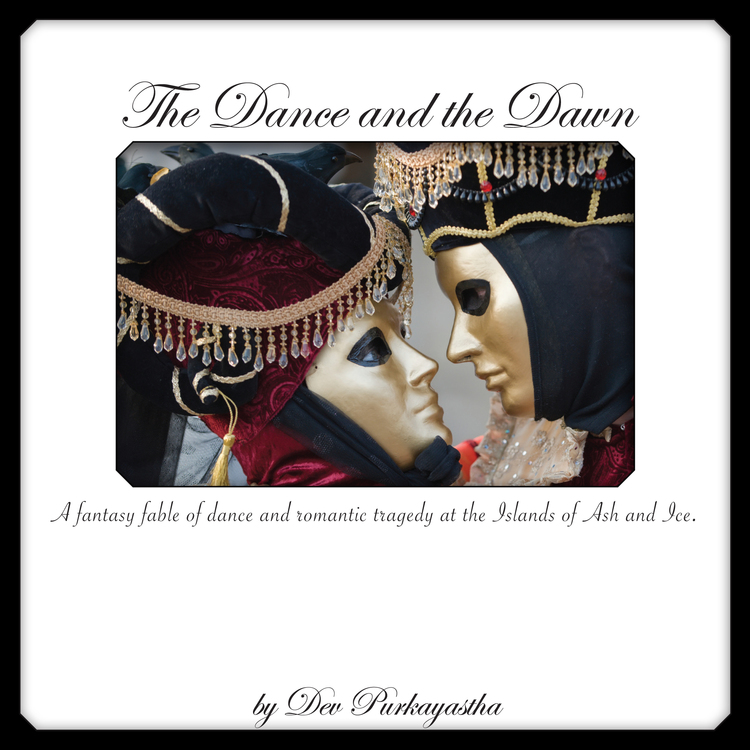I started to feel that I didn’t know roleplaying games well enough so I came up with the plan to read a roleplaying game corebook for every year they have been published. Selection criteria is whatever I find interesting.

The Dance and the Dawn is built around a single situation that can be varied within the limits of the game’s design: Three ladies come to the Ice Queen’s court. They dance with four lords and at the end, they have to make a choice as who they’re going to propose to. If they make the right choice, they find their true love. If not, tragedy ensues.
The Ice Queen hosts a dance and it’s during dances that the ladies have opportunities to find out what kind of men the lords are. There’s an interesting dance mechanic using a chessboard. This way, it’s possible to model whether you’re close enough to have an Icy Word, for example. Although the aesthetics are different, it’s fun to run into an essentially miniatures-based system for a game that models a social situation.
The structure of the game is always the same but the details can vary depending on the desires of the GM and players. I suppose those would be color, using the terminology of Forge theory. Color would be things like the backstories of the lords and ladies, what the Queen’s court is like and so on. They’re determined by answering a set of questions as a group. This is a clear example of design where color is interchangeable and the mechanics carry the experience.
One of the mechanics is called The Queen’s List. It’s based on the Queen’s favor and determines the order in which the ladies make their choice of a lord. The game provides alternatives for different kinds of criteria the Queen can use to make the List. Perhaps she appreciates vivid poetic imagery, or punishes those who get too close to the Prince.